106 DVD-A / Die Forelle – The Trout
Die Forelle – The Trout
Franz Schubert
The Trout Quintet D 667,
4 Improptus for piano solo D 899
Álvarez Quartet
TACET Real Surround Sound
EAN/barcode: 4009850010630
Description
"[…] The musical success is partly due to the highly sophisticated, excellent surround sound system of the TACET label, which for the Impromptus directed the mikes to the back (sic!). This makes the sound fuller, more dramatic and simply not as harsh or direct as we are used to it. This is a real revolution. You simply must listen to it. […] This time the good performance goes way beyond the range of what is normally reviewed here. It is simply delightful. […] It could not be better." (klassik.com)
1 review for 106 DVD-A / Die Forelle – The Trout
You must be logged in to post a review.
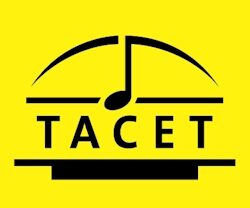
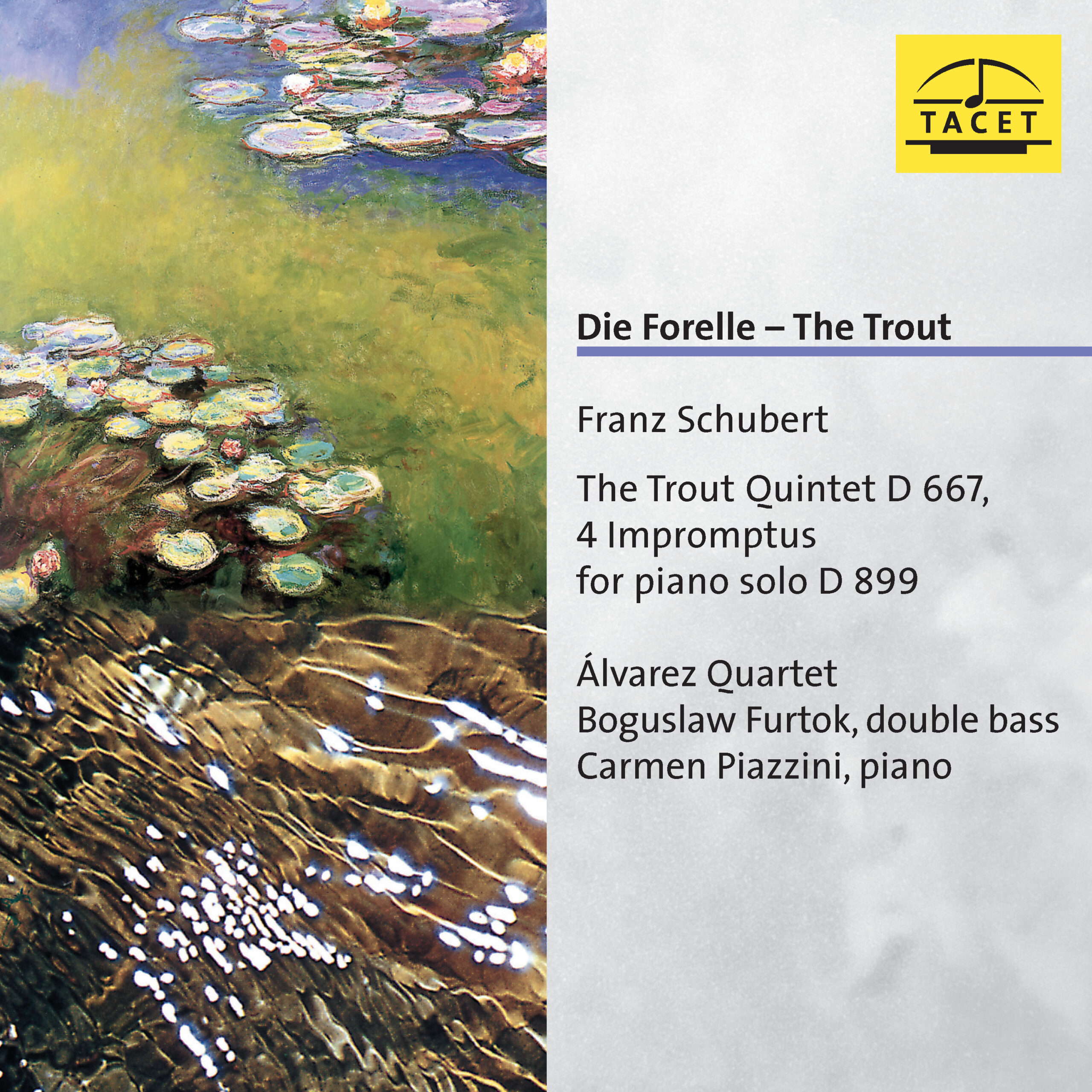
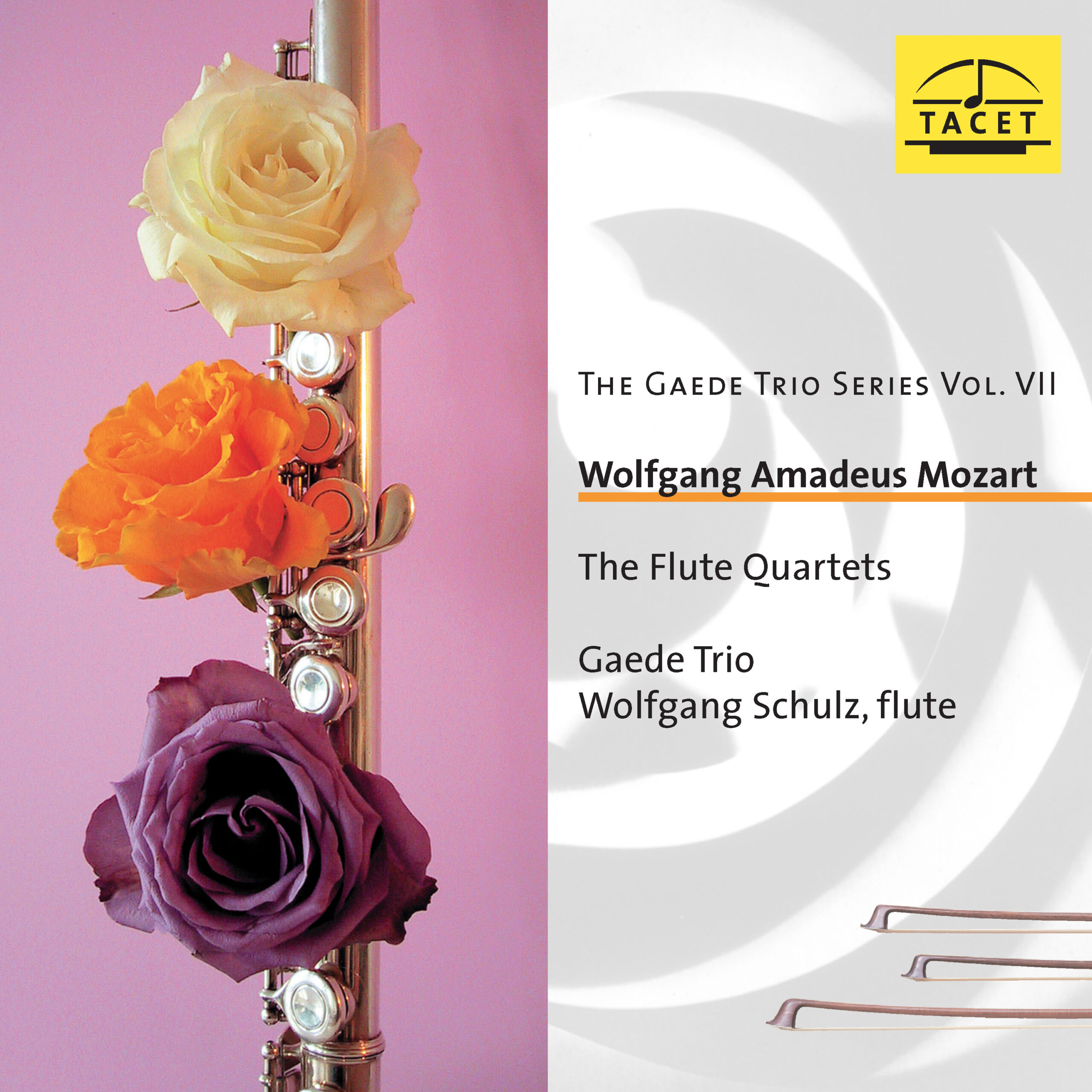
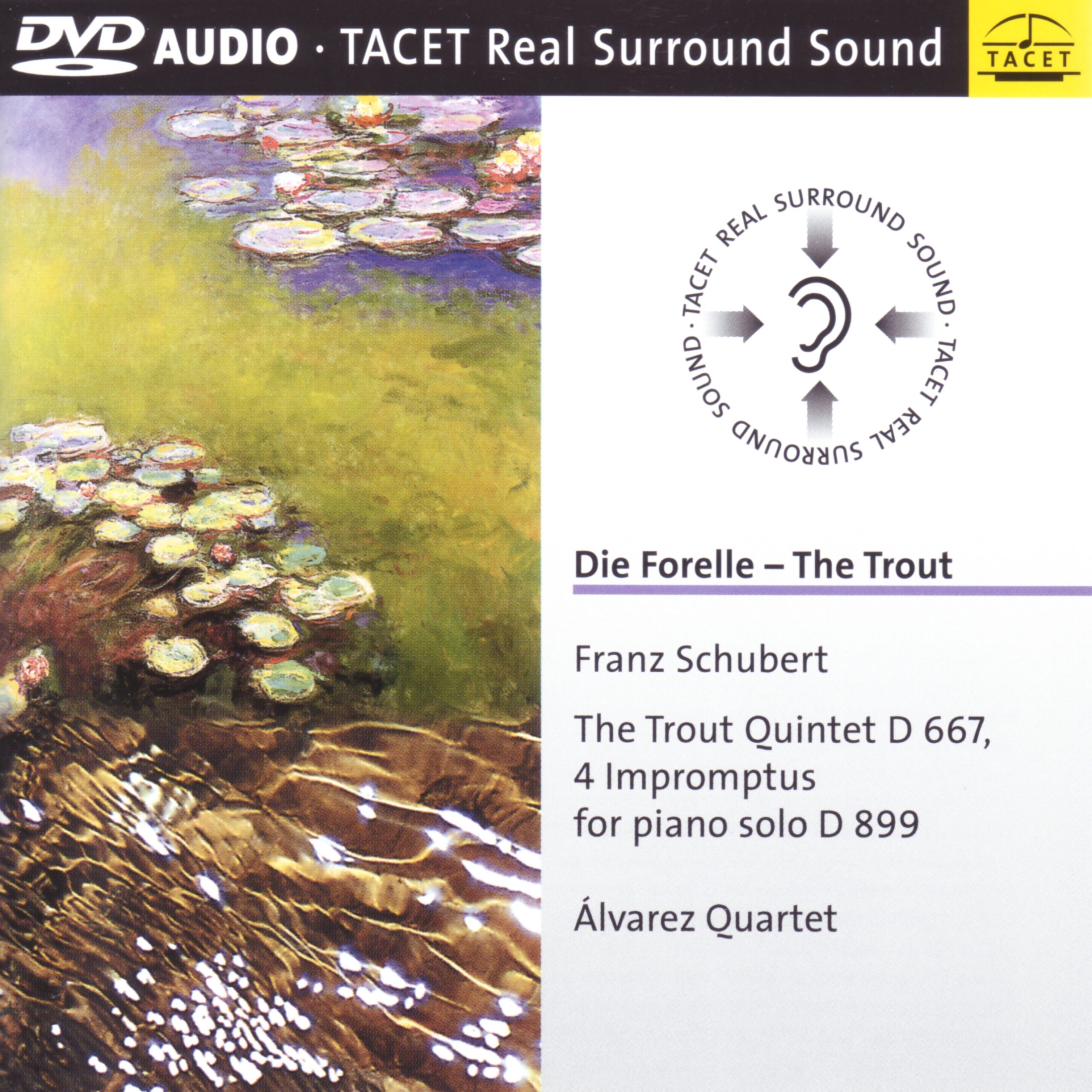
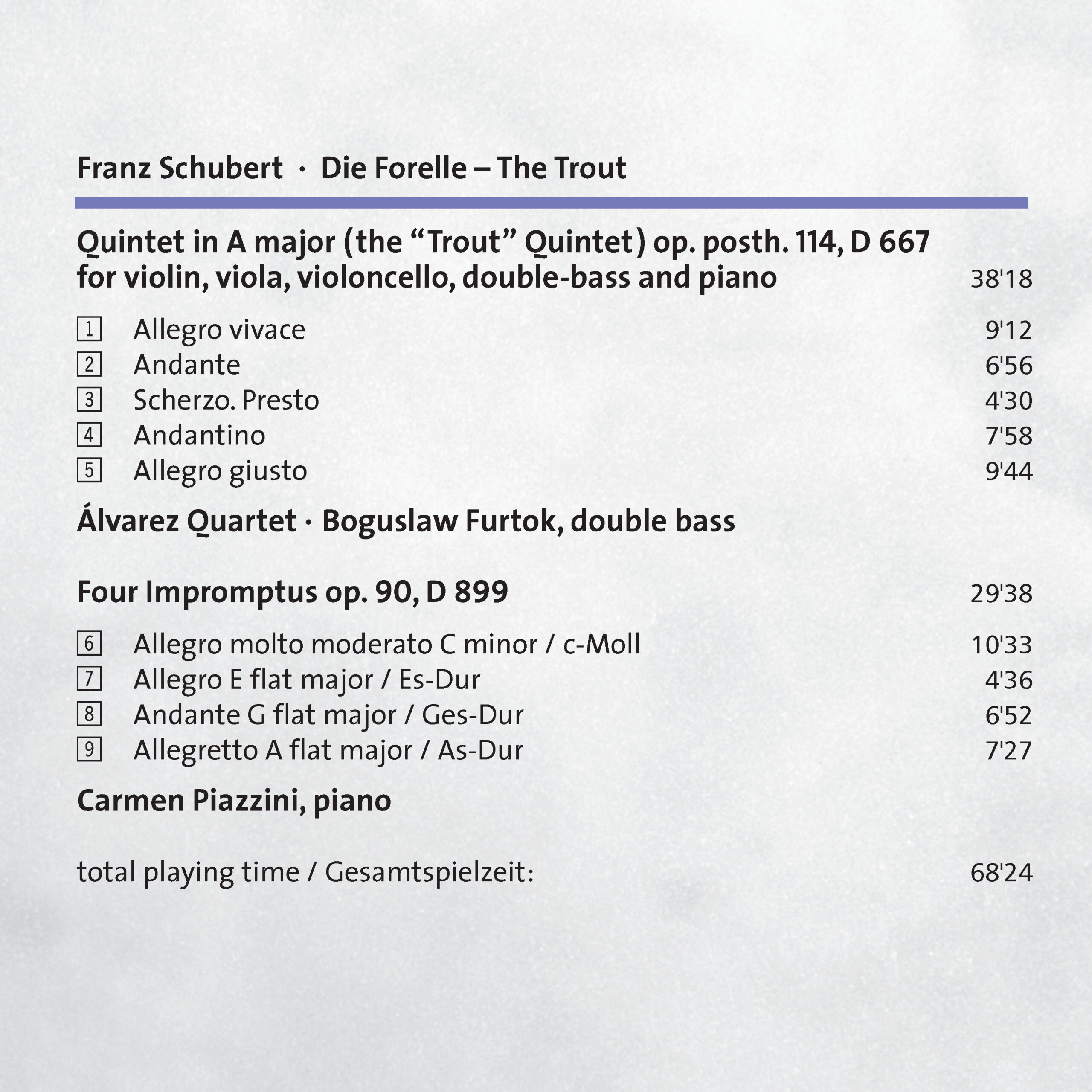
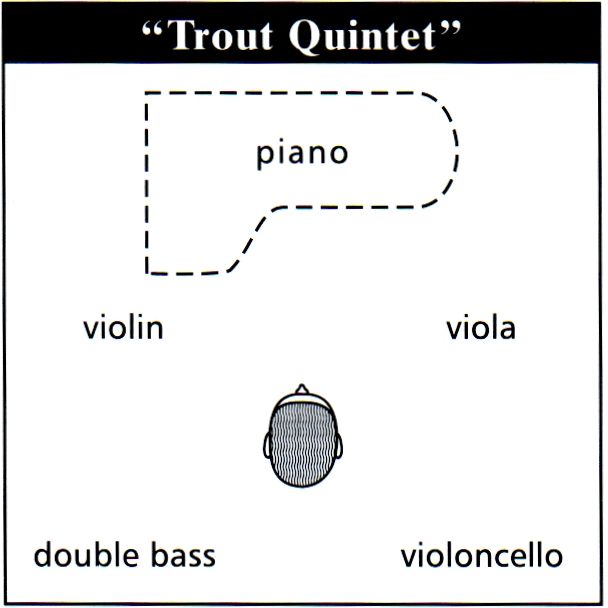
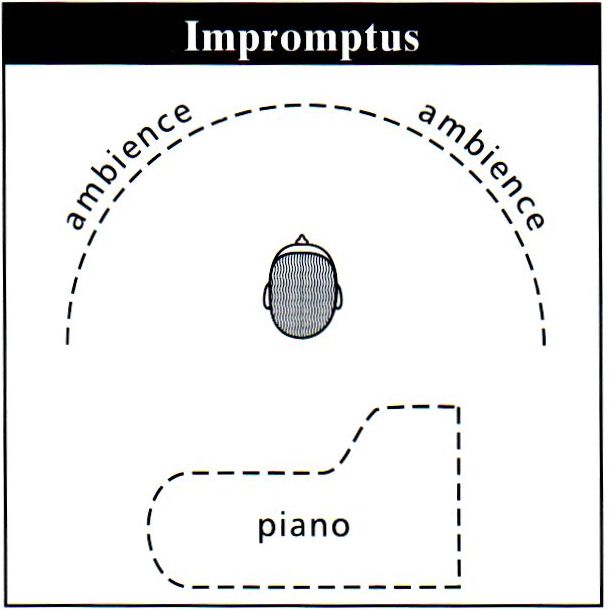
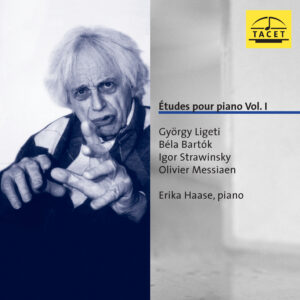
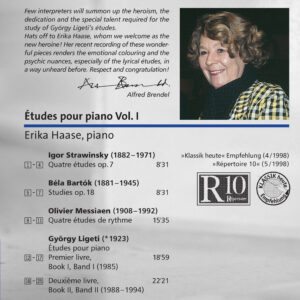
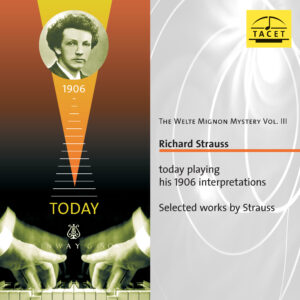
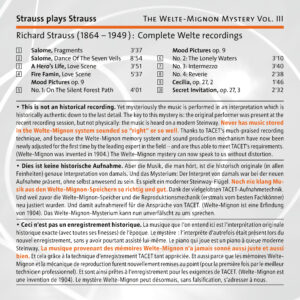
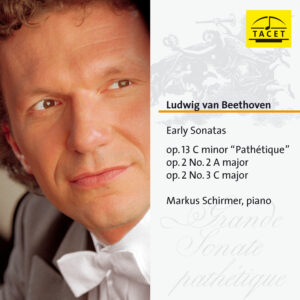
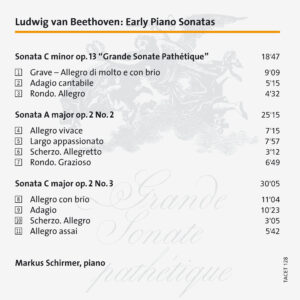
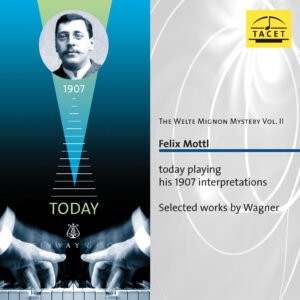
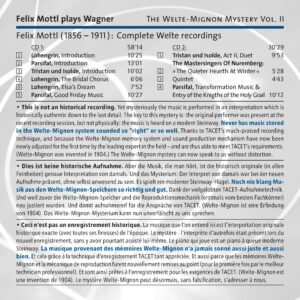
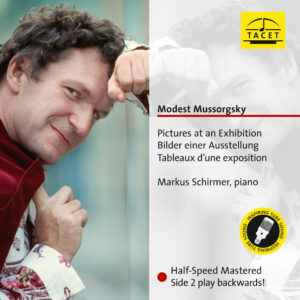
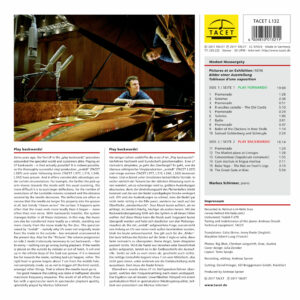
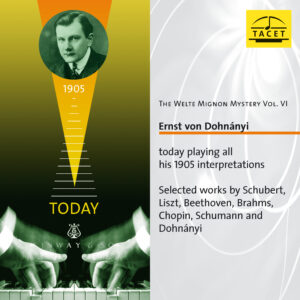
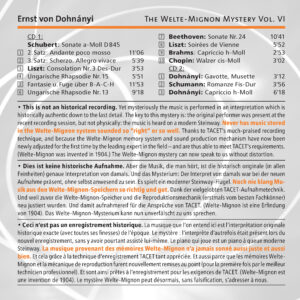
Neue Musikzeitung –
New Encounters of the Audio Kind
The DVD-Audio format continues to evolve—at TACET and in Ludwigsburg’s Bauer Studios.
German sound engineers in their classical studios are electrified by the sonic possibilities offered by the new DVD-Audio. MDG’s "2+2+2" format—overwhelming three-dimensional sound from six speakers—was recently covered (nmz 2/01, p. 17). Now, the demand for suitable hardware has already found resonance: Denon’s flagship AVC-A1SE (its sleek design and features justifying its proud price of 7,500 Deutschmarks) is a 7.1 surround amplifier for DVD-Video and -Audio, packed with every cutting-edge playback feature. It can even play SACDs—though opinions remain divided on that format. While Sony and Philips persist with SACD under the skeptical gaze of mainstream buyers, DVD-Audio, built on the DVD-S.I-Video standard, seems poised for breakthrough success.
Denon’s super-amplifier allows users to connect a standard surround setup (with center speaker and subwoofer) via one of its two eight-channel inputs, while the second input accommodates MDG’s "2+2+2" configuration, where channels 5 and 6 are reassigned. A single button toggles between the two: effortlessly switching from the "normal" 6.1 arrangement for films and audio DVDs to MDG’s immersive three-dimensional experience. For those unwilling or unable to invest in this top-tier device, Denon also offers the more affordable AVR-3801 surround receiver (a 7-channel amp for 2,400 Deutschmarks).
Of course, to fully exploit the new technology, one needs a high-end DVD-Video/Audio player, plus—beyond the existing stereo speakers—four additional units: two for rear film surround, a center speaker, and a subwoofer. To enjoy MDG’s "2+2+2" sound (and it’s worth it!), two more small speakers must be placed above the front stereo pair. That’s six new speakers total—a significant investment, but today’s market offers a wide, budget-friendly selection in all sizes, shapes, and colors. Expert advice and installation help are highly recommended.
Other sound engineers spare music lovers the extra effort for three-dimensional wonders, instead leveraging the existing 6.1 multichannel capabilities of DVD-Video for pure music playback. Andreas Spreer, the Swabian "tinkerer" behind Stuttgart’s TACET label—now synonymous with the extraordinary for many classical enthusiasts—relies on a technique that harnesses what DVD-Video already provides: surround sound (with two additional speakers), primarily entrusting the four "all-around" speakers for classical playback while incorporating the center channel. His radical experiments with these five channels upend conventional listening: he places the listener inside the sound, with instruments swirling around them as if the musicians were physically distributed throughout the room—which, during recording, they actually are. His first DVDs in this Real Surround Sound are initially disorienting but ultimately captivating. In Bach’s 2nd Brandenburg Concerto, the four soloists occupy the four corners: violin (front left), flute (front right), oboe (rear left), and trumpet (rear right), with the strings arranged in a circle. The other five concertos feature similarly surprising setups. The effect is striking—voices can be tracked in their movement, a plasticity impossible in frontal stereo. The unfamiliar immersion quickly reveals itself as a novel listening experience, one that concert halls can’t replicate, where the audience is always in front of or beside the musicians, never among them.
Meanwhile, sound engineer Johannes Wohlleben at Ludwigsburg’s experimental Bauer Studios—known for groundbreaking productions—charts his own course. His colleague Adrian von Ripka, also based there, has long overseen the impressive sonic design of Stefan Winter’s "audio films" for the Winter&Winter label. Bauer Studios’ modern, high-end equipment enables the production of 5.1 Audio-DVDs in 24-bit/48kHz, alongside stereo (16-bit/48kHz) and 5.1 Dolby AC3 for video players. New multitrack releases from the affiliated Peregrina label (e.g., the Audio-DVD #PM 50245: "Postcard – Rosanna & Zelia") deliver an enveloping soundstage beyond mere stereo. The studios are currently working on several DVD productions for their in-house classical label, Animato.
Diether Steppuhn